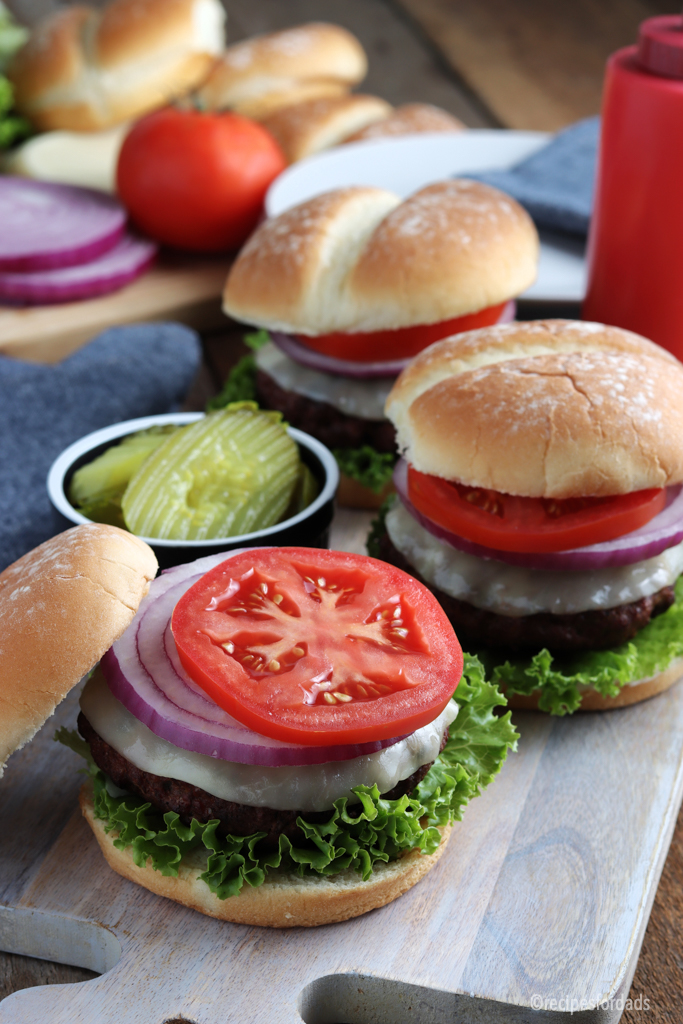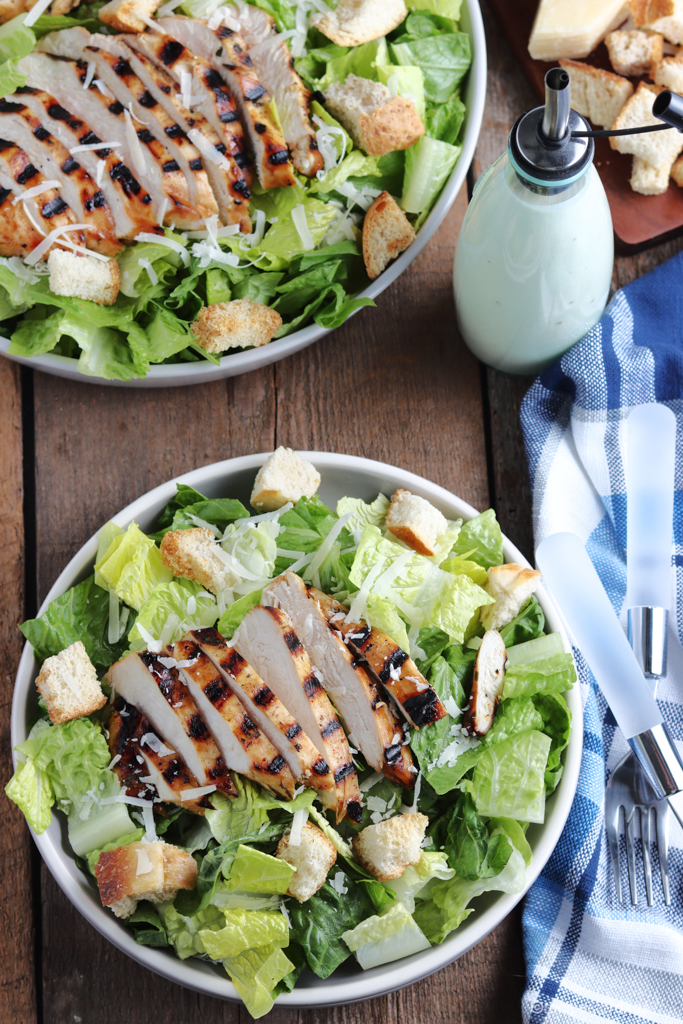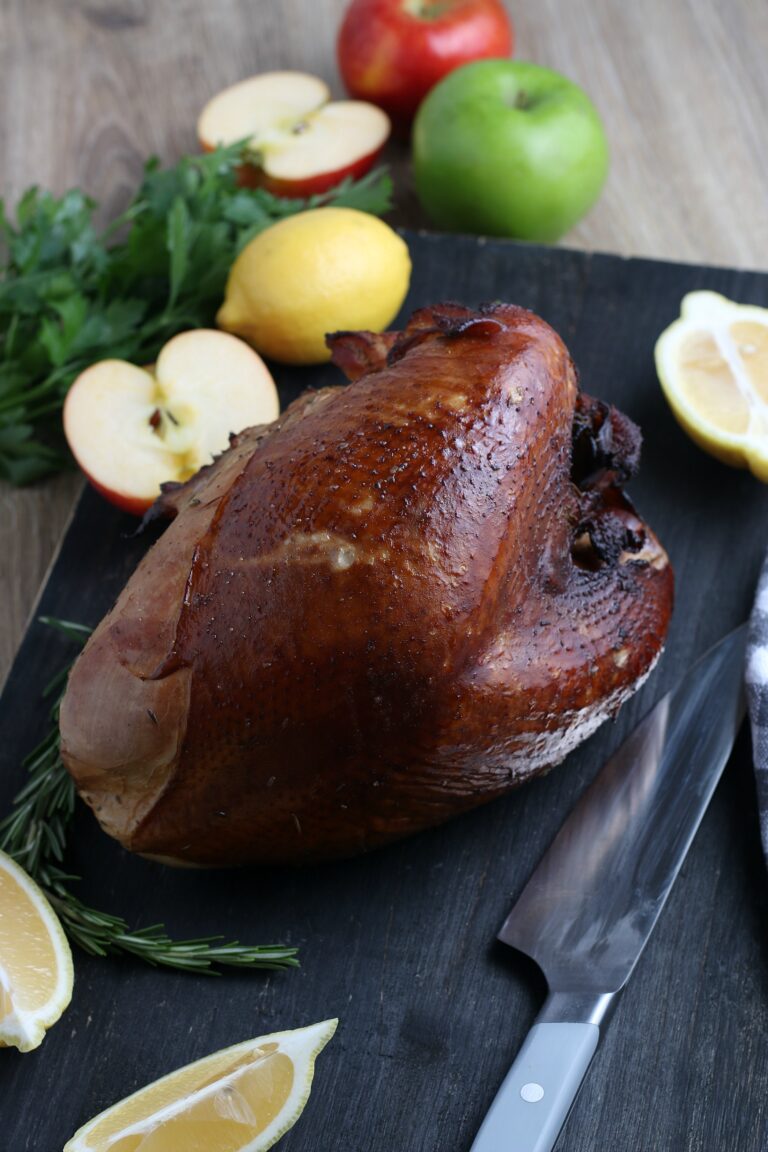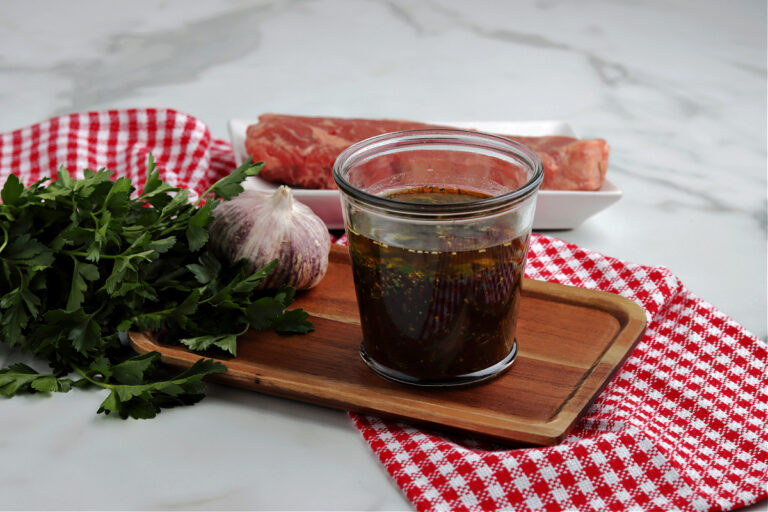This post contains Affiliate Links. Read my full disclosure for more info.
Understanding minced garlic conversion can help you create your favorite recipes when you don’t have access to garlic cloves. In some cases, minced garlic is even preferable.
Whether you’re choosing to use minced garlic or you simply need a replacement for cloves, this post will help you understand minced garlic conversion so you can apply it to any dish you need.
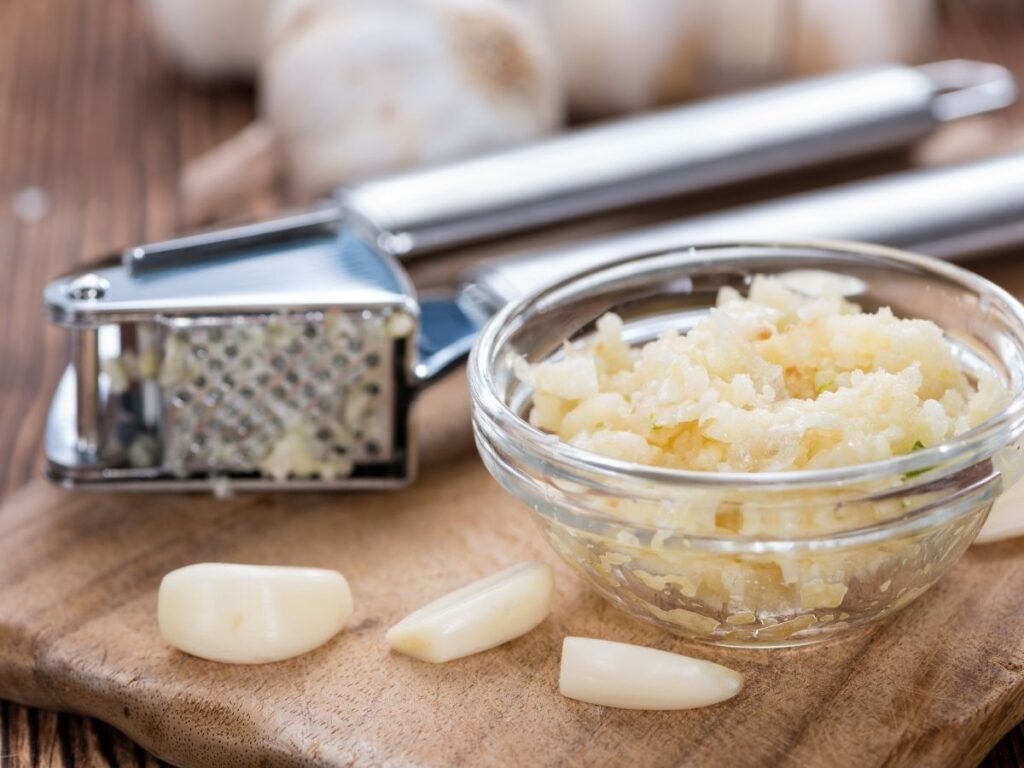
What is Minced Garlic
The word minced is simply a fancy term for extremely finely chopped. That means that minced garlic is simply the result of chopping up garlic cloves as finely as possible. Whether you buy it or make it yourself, the outcome is the same.
Making Your Own Minced Garlic
If you need minced garlic for a recipe, it’s easy to make your own. It’s a simple process that essentially comes down to finely chopping it. Of course, there’s a little more to it than that.
1. Finding Fresh Garlic
As with any recipe, the freshest ingredients make the best-tasting food, so you’ll want to find the freshest garlic possible. Look for bulbs that are highly aromatic and that have a nicely dried layer around them.
Be sure to test the garlic with your fingers. You want the cloves of the bulb to be firm. If they’re soft, they’re not fresh.
2. Preparing the Cloves
To prepare your garlic cloves for mincing, you’ll need to remove the papery skin surrounding the clove. The easiest way to do this is by doing what I like to call “the smash method”.
To do this, place your garlic clove on a cutting board. Then, taking the flat side of the knife that you’ll be using to mince, smash the garlic. This will break the garlic a bit, loosening the papery skin and making it easy to peel.
3. Mincing the Cloves
Although mincing simply means finely dicing, there’s one extra step to mincing garlic. It’s smooshing, for lack of a better word.
To mince your garlic cloves, begin by finely slicing the garlic lengthwise. Then turn it and finely slice across the clove. After these two slicing passes smoosh the garlic by pressing the flat of your knife across the garlic and pulling as you go.
After that, continue to chop the length and width of the clove with a rocking motion of your knife. You’ll simply rock the length of the clove, smoosh, and then rock the width of the clove. Continue this process until you have finely chopped garlic pieces that are highly aromatic with much of the liquid released.
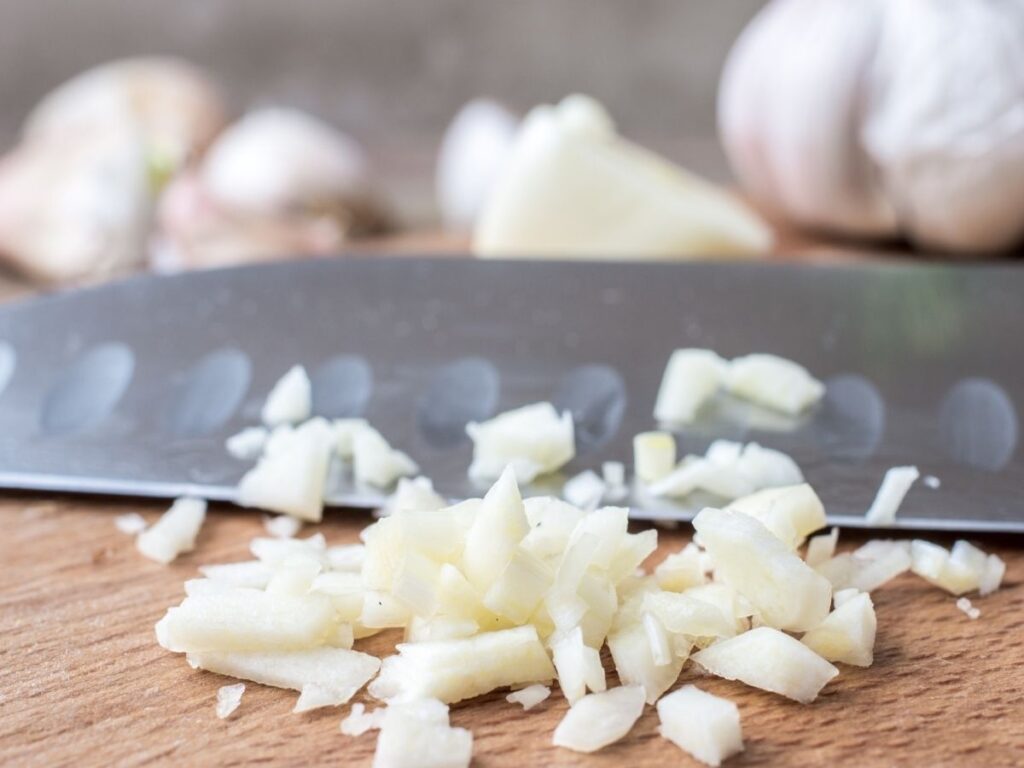
Minced Garlic Conversion
Now that you have your minced garlic you need to know how to use the idea of minced garlic conversion. A garlic clove is large, but after it’s been chopped, minced, or ground into powder, it becomes quite concentrated.
The rule of thumb is that the smaller the surface area, the less you use because of the concentrated flavor. Here’s how it breaks down.
| Garlic Clove | Approximate Conversion Measurement |
|---|---|
| 1 garlic clove is equal to = | 1 teaspoon of chopped garlic |
| 1 garlic clove is equal to = | 1/2 teaspoon of minced garlic |
| 1 garlic clove is equal to = | 1/8 teaspoon of garlic powder |
| 1 garlic clove is equal to = | 1/2 teaspoon of garlic flakes |
| 1 garlic clove is equal to = | 1/4 teaspoon of granulated garlic |
| 1 garlic clove is equal to = | 1/2 teaspoon of garlic salt |
Garlic Powder
Well, it made an appearance in the minced garlic conversion list above, so let’s stop and talk about garlic powder for a second.
At first, garlic powder and minced garlic might seem interchangeable, especially if you bought them from a store. After all, they both come in shakers, which seems to indicate that they’re both for the same use. Well, not really.
Minced garlic is finely chopped garlic cloves. Garlic powder is a processed garlic product that has been pulverized and dried into a powdered form that is shelf-stable. It almost always has less flavor impact than minced garlic because so many of the natural oils are gone.
That being said, garlic powder is the best choice when creating rubs or sauces because it will thoroughly incorporate into both of those things, while minced garlic will create little chunks and not infuse as well.
Garlic Salt
While we’re talking about things that look similar but aren’t, let’s discuss garlic salt. Garlic salt and garlic powder look almost exactly the same. They’re both powders that can be shaken out of a dispenser.
However, garlic powder is simply crushed and dried garlic, while garlic salt is a mixture of salt and garlic powder. That’s an important distinction if you’re watching your salt intake or you have a recipe that calls for the addition of salt – as most do.
Minced Garlic Conversion – When to Use What
You can use all these forms of garlic in any recipe with various levels of success. If you’re in a pinch, you can use whatever you have on hand. However, if you have the options available, there are certain applications that work better with certain types of garlic.
1. Garlic Cloves
Whole garlic cloves work well for flavoring meat from the inside out. Try adding cloves to the cavity of whole birds, stuffing them into slits in pork or beef roasts, and even slicing them into thin medallions and adding them to fish.
Garlic cloves are also wonderful flavor additions to mashed potatoes and garlic bread when roasted. Simply roast your garlic and smash the cloves into the potatoes. You can also mix your roasted garlic with melted butter and spread it on bread.
2. Minced Garlic
Minced garlic is excellent when you love the flavor of garlic but don’t want large bites of it. Mince garlic works well in soups or as an addition to things like various potato and tuna salads – just use in moderation.
3. Garlic Powder
Garlic powder works well in soup and potato and tuna salads and the like just like minced garlic does. However, where garlic powder really shines is in rubs and sauces.
When you use garlic powder in rubs, sauces, or marinades, it allows the garlic flavor to meld completely with the rest of the ingredients. In the case of rubs, it also allows the garlic flavor to stick to the meat more readily. Minced garlic would fall off.
4. Garlic Salt
As a rule of thumb, I stay away from garlic salt. There’s just no need to use it. With this combination of garlic and salt, it’s hard to balance the salt and garlic flavor profile. If you want more garlic flavor, you’re forced to also add more salt and vice versa.
Storing Garlic
Garlic cloves will keep very well for up to 8 weeks in a cool, dry place, Remember, they’re roots just like potatoes or onions so keep them out of the light.
Minced garlic can be stored for several weeks in the refrigerator in a tightly sealed container, while store-bought minced garlic will last even longer, as it’s been dehydrated. Finally, garlic powder will last almost indefinitely. The only thing that will happen to it is that it will become less potent.
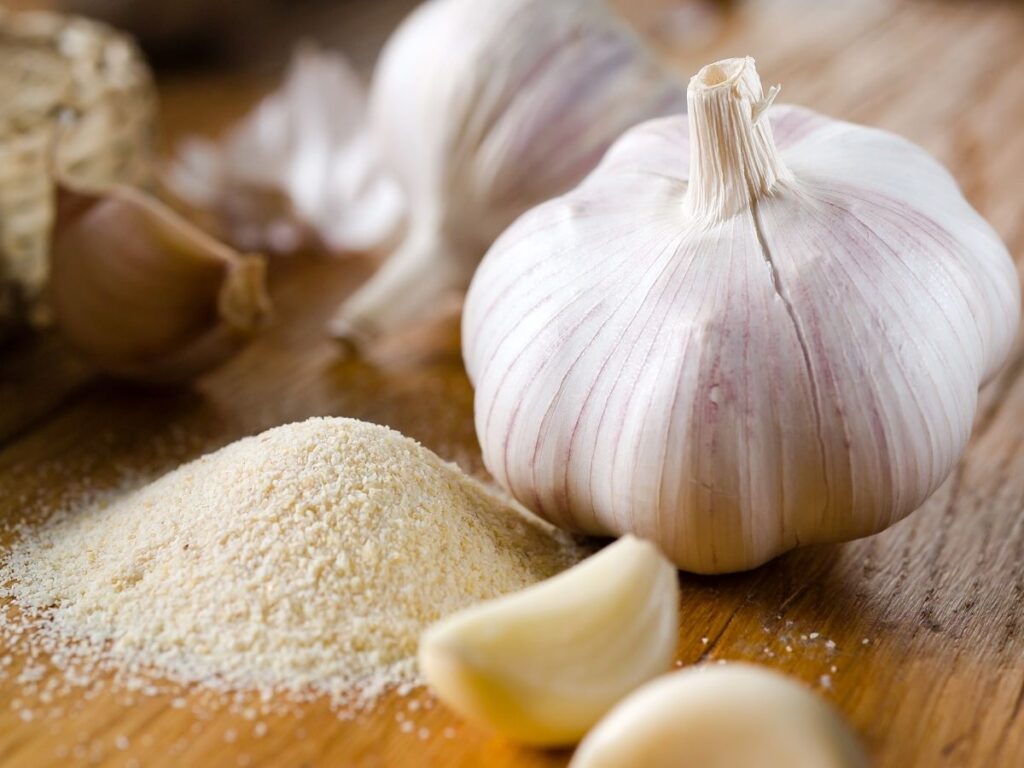
Use the Minced Garlic Conversion Info to Help with Your Cooking
Whether you love whole garlic, minced garlic, garlic powder, or even garlic salt, the information found here, including the minced garlic conversion guide, will help you get the most garlic bang for your buck.
Try your luck with these conversions and see what kind of recipes you can come up with. This minced garlic conversion will also save you the hassle of going to the store if you don’t have a particular kind of garlic on hand.
Good luck, and happy grilling.

